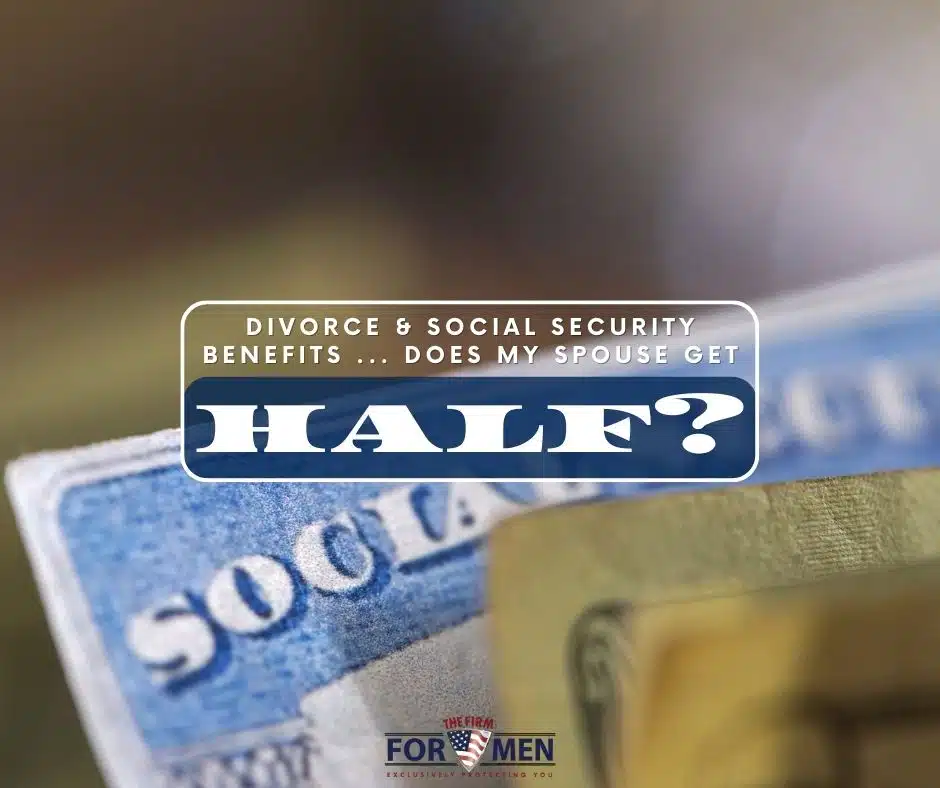The lowest possible Social Security number, 001-01-0001, went to a woman named Grace D. Owen, of Concord, New Hampshire. At least, that’s according to the Social Security Administration itself, but the symbolic number was a bit of a hot potato. It wasn’t even the first number issued. Social Security has a lot of weirdness to it, especially as it pertains to divorce.
Jump to a Section
- The First Social Security Number Issued
- Can Your Spouse Use Your Social Security Benefits?
- She May Get Up to Half, BUT…
- Remarriage & Spouse’s Social Security Benefits
- How Much Can You Earn While Collecting Social Security?
- Who is Not Protected by the SSA?
The First Social Security Number Issued
Weirdly, the first number issued — 055-09-0001 — belonged to a guy from New Rochelle, New York who never received a single benefit from the system.
However.
John David Sweeney, Jr.’s widow, however, received benefits based on his work history. And that’s another of many weirdnesses of the Social Security System. It provides not only for the worker, but for the worker’s spouse, too. Even in divorce.
Can Your Spouse Use Your Social Security Benefits?
If you and your ex-spouse have been divorced for at least two years, your ex can receive benefits based on your work record.
Conditions apply, as with most things in life. According to the Social Security Administration, your spouse is eligible for a slice of your benefits if:
- You are entitled to Social Security retirement or disability benefits
- Your marriage lasted 10 years or longer
- Your ex-spouse is unmarried.
- Your ex-spouse is 62 or older
- Your ex-spouse’s benefits (based on their own work) is less than the benefit based on your work
The Social Security Administration (SSA) first pays your ex-spouse’s benefits based on their work record; if your benefit results in a higher amount, SSA tops off the ex-spouse’s benefits to equal that higher amount. For example, if your ex would get $500 a month in benefits based on their work but is entitled to $1,000 based on your work history, SSA sends her $1,000 a month, not $1,500.
She May Get Up to Half, BUT…
AARP says a divorced spouse can receive up to half of “your former mate’s primary insurance amount—the monthly payment he or she is entitled to at full retirement age, which is 66 and 4 months for people born in 1956 and is rising incrementally to 67 over the next several years.”
“Up to half” does not mean your ex-spouse gets exactly half by default. Various weirdness applies here, too.
We mentioned that the divorce must be at least two years old for your ex to stake a claim on your benefits. That applies only if you are not yet collecting your benefits. If you are already collecting Social Security benefits, your ex-spouse can immediately tap her share. Her share is determined by those five rules outlined above, but your attorney may be able to shave the share down.
Social Security benefits are not considered marital property. They are income, and as income, the benefits can affect things like spousal support and child support. Your attorney could argue, for example, that taking half of your benefits will make your ex-spouse the higher income earner. She would then have to pay spousal support to you. Depending on your child custody arrangements for minor children, she could also be compelled to pay child support.
Remarriage & Spouse’s Social Security Benefits
If your ex-spouse remarries, your benefits do not accrue to her. She starts the marital clock over with her new spouse. She could go through a string of 10–year marriages and collect from whichever ex provides the greatest benefits. She could not collect from all her exes.
Compounding the weirdness, if your ex-spouse remarries and then divorces, she can return to your benefits and tap them again.
How Much Can You Earn While Collecting Social Security?
According to the SSA, in 2023 the maximum earnings anyone can accrue while collecting Social Security benefits (from their own or their ex-spouse’s work record) will be $21,240. You or your ex-spouse could be a blue-vested greeter at a certain large store chain while collecting benefits. (You lose $1 in benefits for every $2 in earnings above that threshold, but only if you have not reached full retirement age.)
With a 40-hour workweek, that threshold of $21,240 is a job paying no more than $10.62 an hour. Once you hit the year of your full retirement age, you can earn $56,520 annually and still receive Social Security benefits. (You lose $1 in benefits for every $3 in earnings above the threshold.) The month you reach full retirement age, you can earn as much as you like and still get benefits, either from your work record or your ex-spouse’s work history.
Who is Not Protected by the SSA?
While around 89 percent of employees are protected by the SSA—including our scoundrels in Congress (since 1984)—, some workers are not:
- A few state, county and municipal employees covered by state-funded pension plans
- S. government employees hired before 1984
- Railroad employees, who have a separate pension system
- Foreign nationals who work in the United States for their home governments or for some international organizations, such as the United Nations
Here again, a good divorce attorney can help you clarify if you (or your ex-spouse) even has benefits available to be tapped. If you worked in the Fulton Yard for CSX Transportation out of Richmond for your entire career, your spouse could end up getting nada; niente; zip; zilch.
Defend your rights and protect your benefits by partnering with The Firm For Men. Contact us today or telephone us at (757) 383-9184 to consult with one of our experienced attorneys. We provide zealous defense for Virginia’s men in all aspects of family law.

